Colombian GDP and imports: a fundamental relationship
Published on 05 March 2020
Colombia had a good year in terms of growth. This is not only reflected in its export activity, but it also depends on imported capital goods...
The Colombian GDP grew 3.3% in 2019, one of the highest rates in the region, and an excellent figure amid global trade tension. This figure was achieved despite the deficit of US $ 540 million recorded in the trade balance and reflects that not every imbalance between what is bought and sold to the world is bad in itself.
In the following tables, you can see how the evolution of imports from the main origins has had an expansion in products linked to industrial development, such as chemical inputs, machinery, and equipment, as well as goods related to the quality of life such as medicines. These products are imported even though the Colombian pharmaceutical industry is well developed, mainly because the patents or the scale of the markets make production in other countries more efficient.
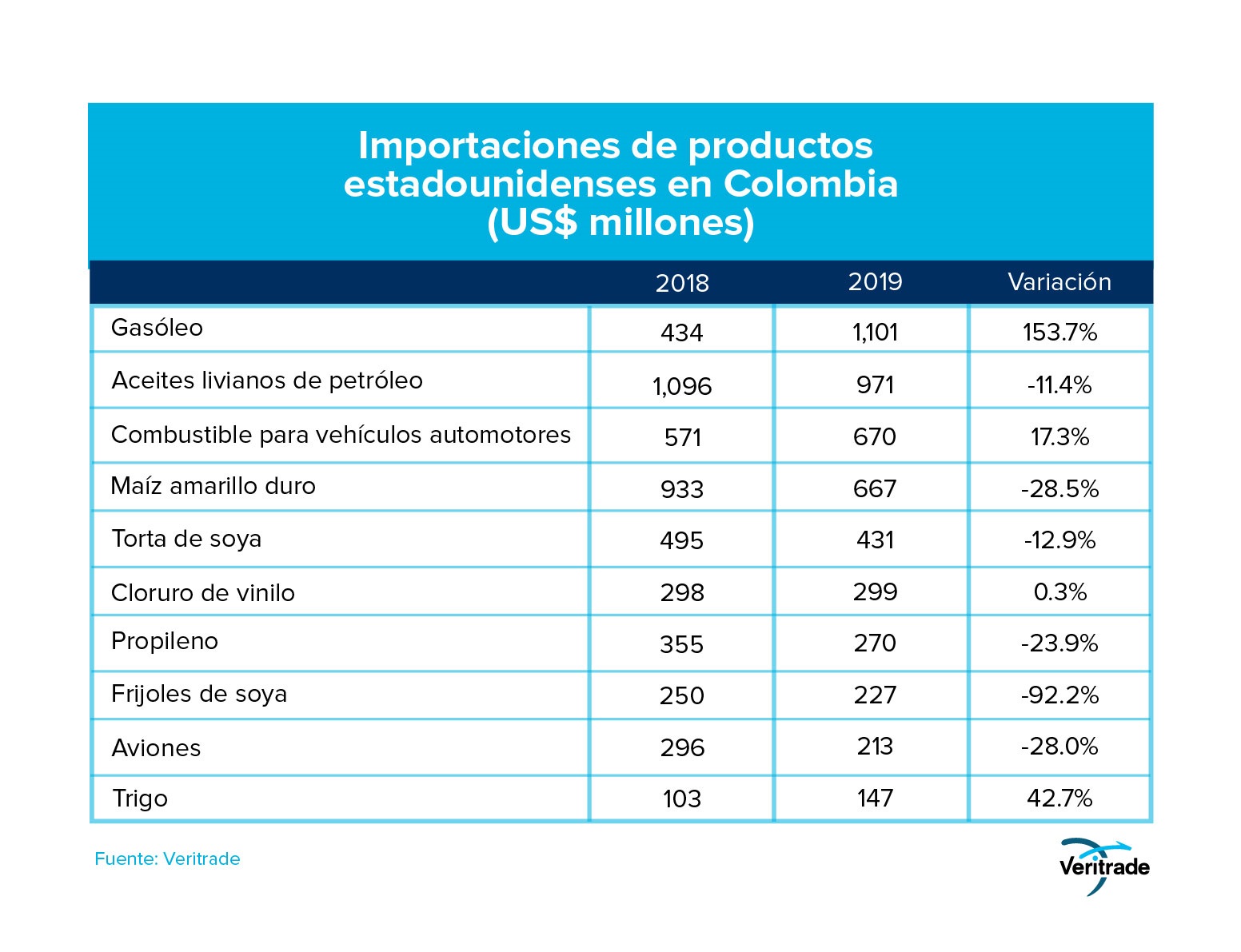
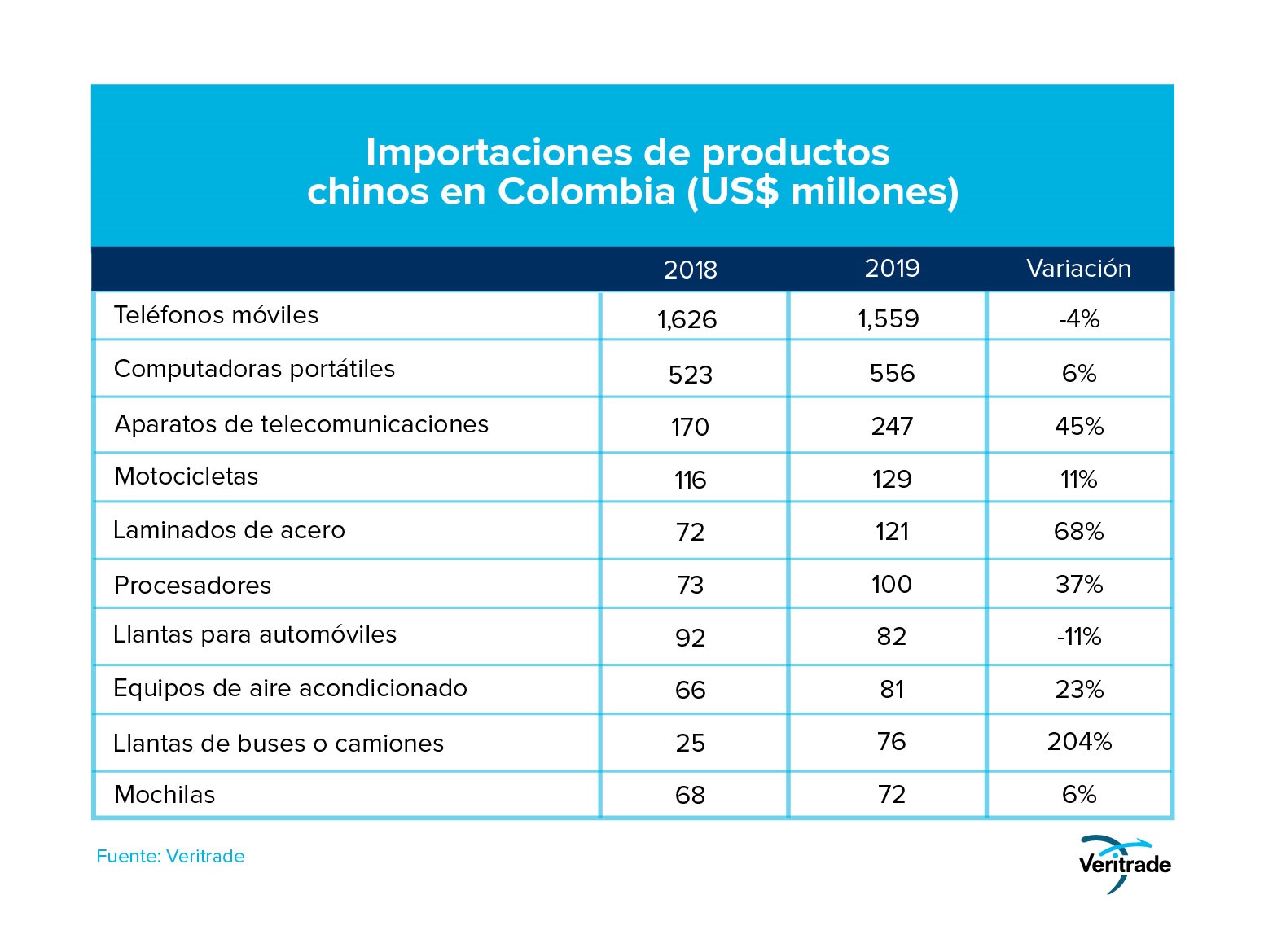
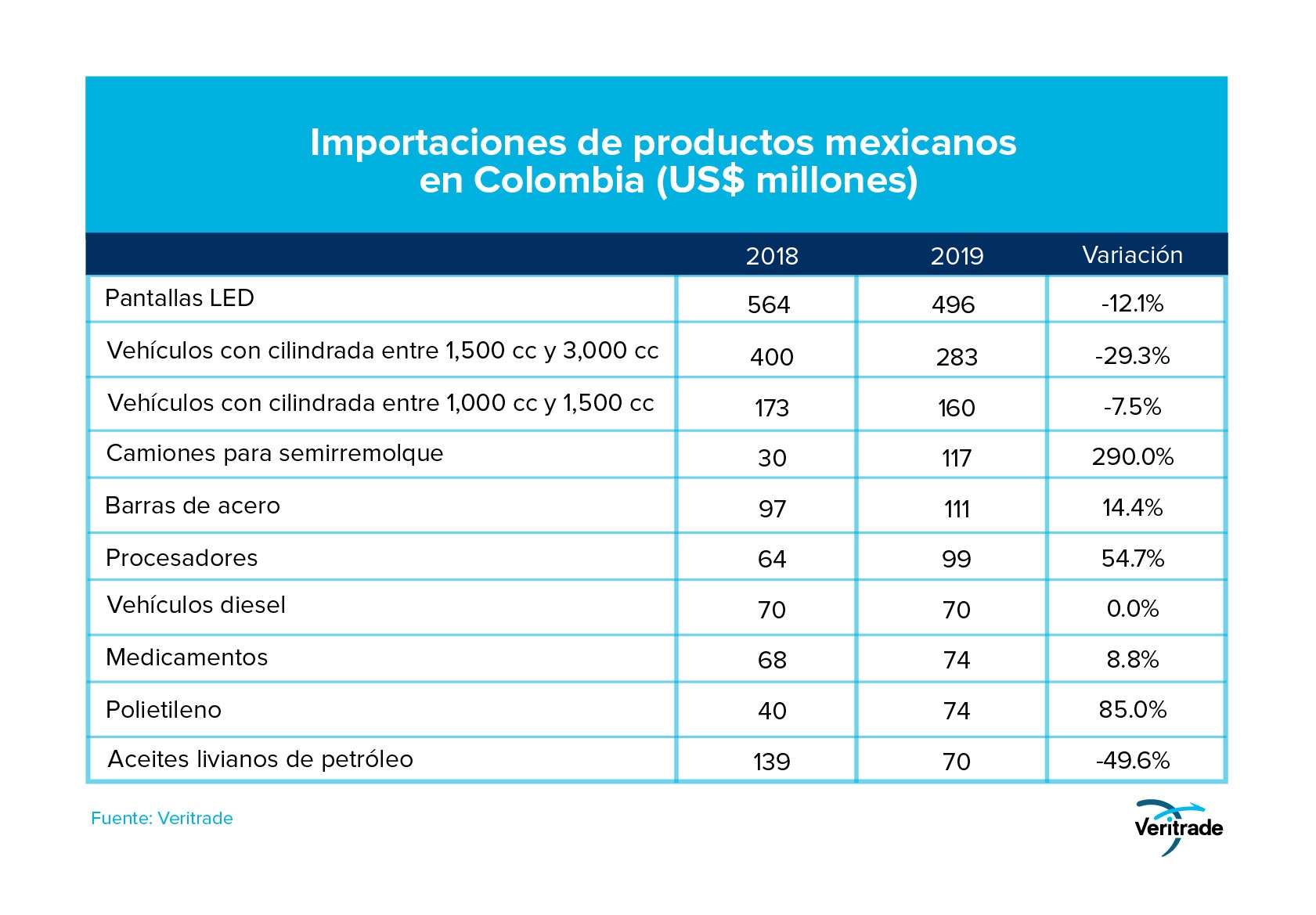
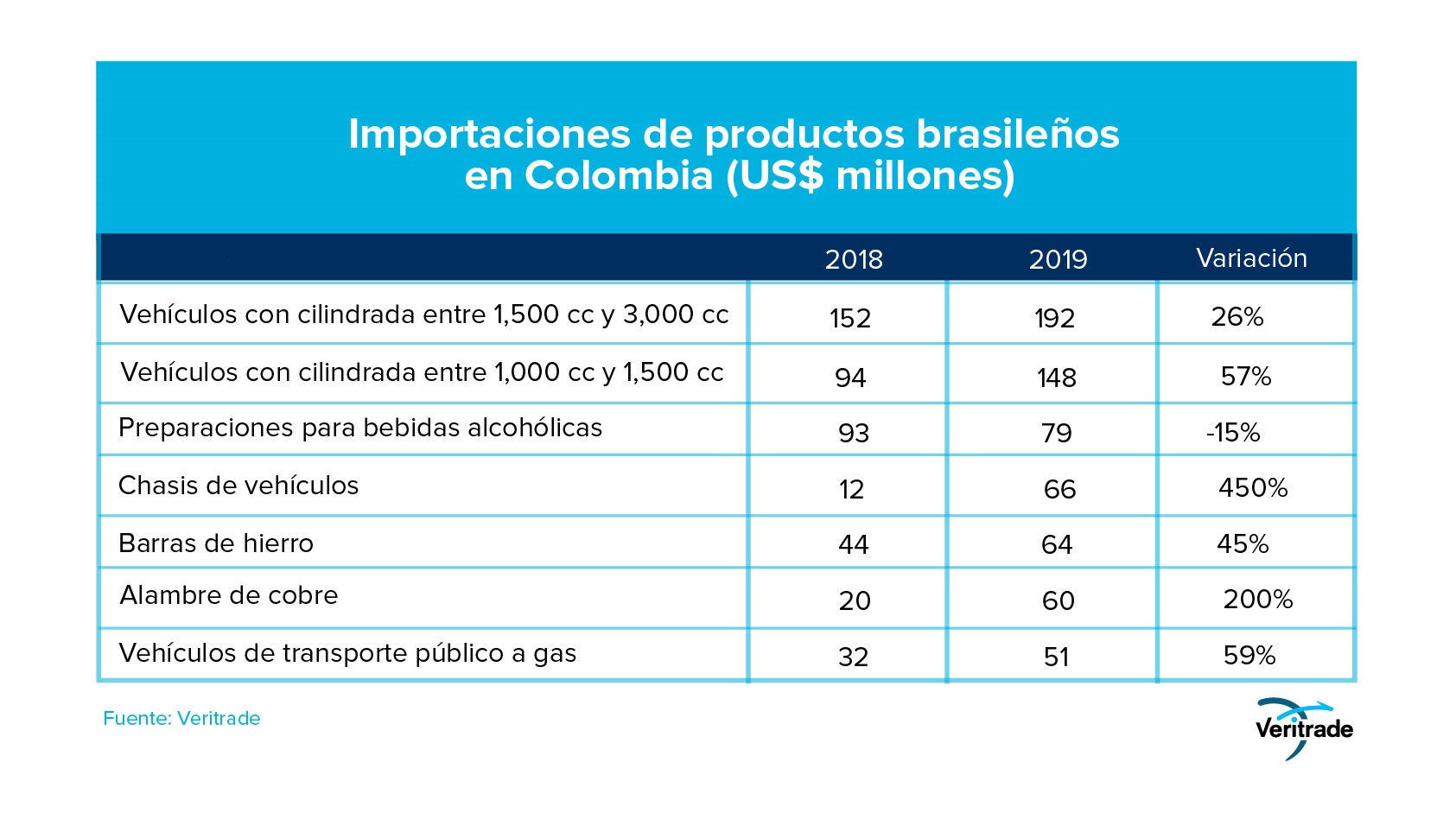
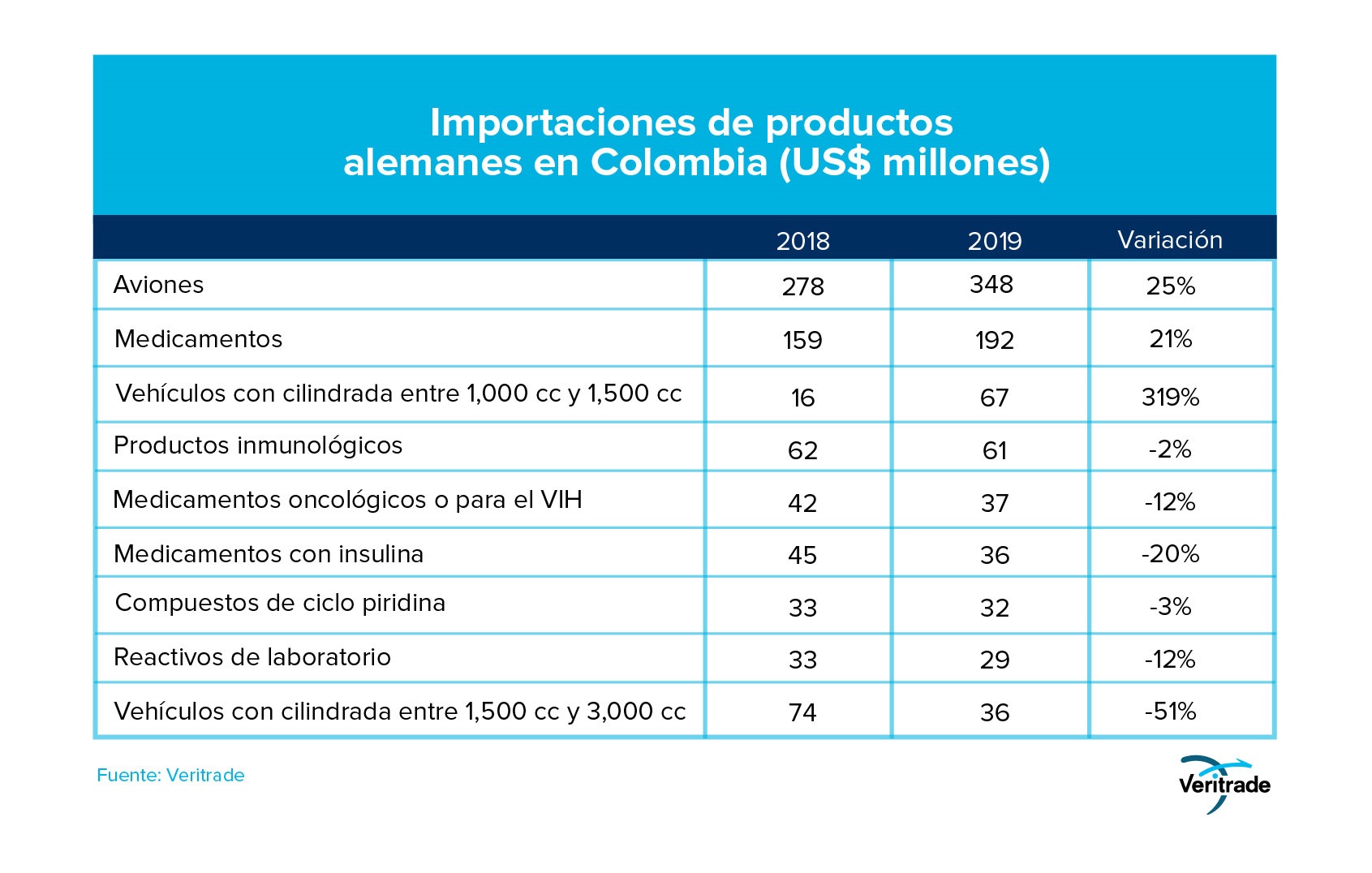
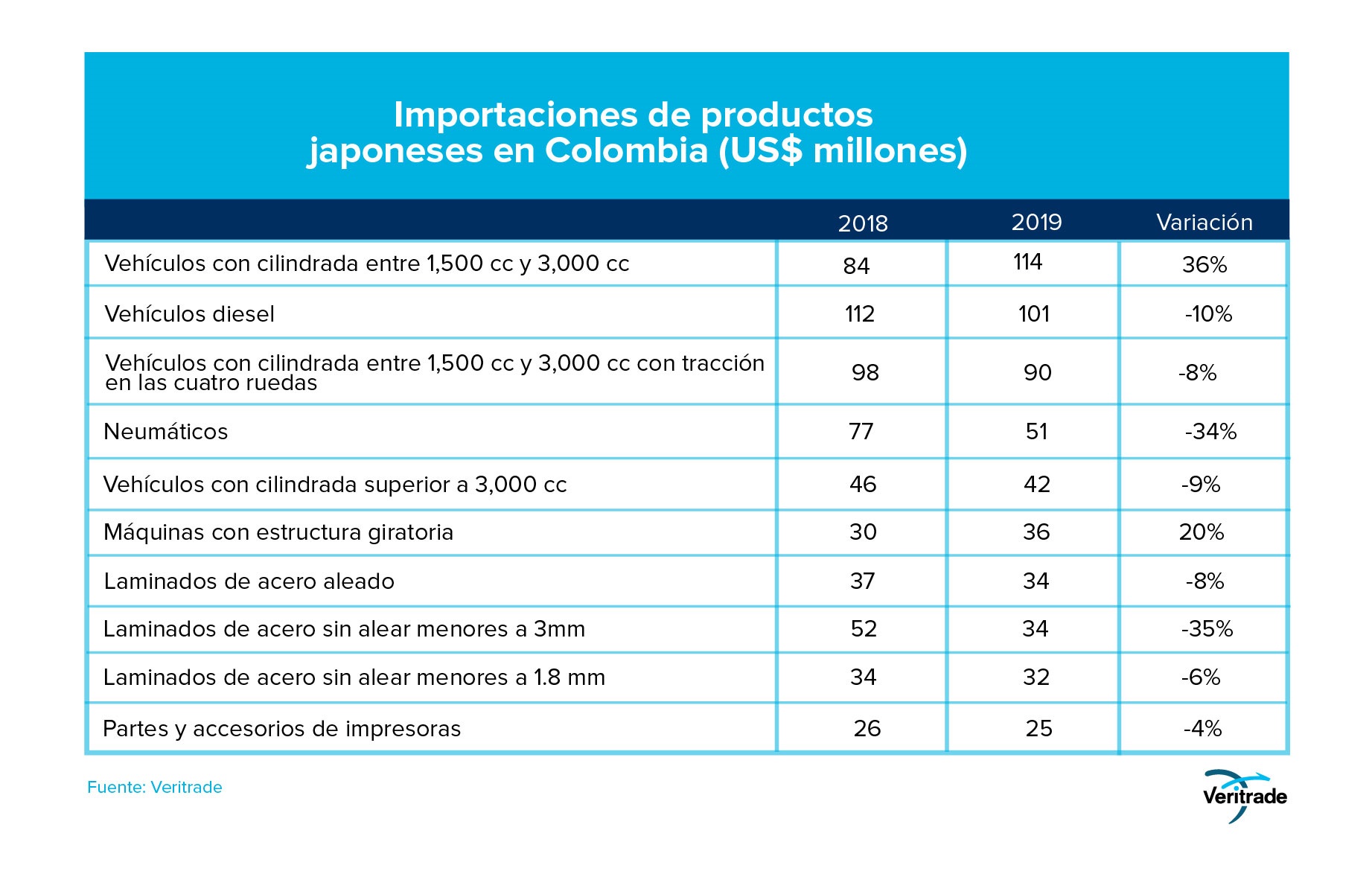
In general, the industries that generate the most jobs, such as agriculture and manufacturing, rely heavily on chemical inputs and machinery that can be imported. In this regard, Colombian producers have the advantage of the commercial opening, so that they can receive without tariffs fundamental products that are not produced in the country, or that it's even inefficient to force.
The key to the advance of the economy is to take full advantage of the commercial exchange so that the capital of companies originated abroad becomes products that generate foreign exchange to multiply local resources and continue to feed the virtuous circle of the productivity. Colombia must not stop, and its employers and workers know it.
For more information on imports into Colombia, you can visit the Veritrade portal.
Request your free trial at https://bit.ly/3avZXoc